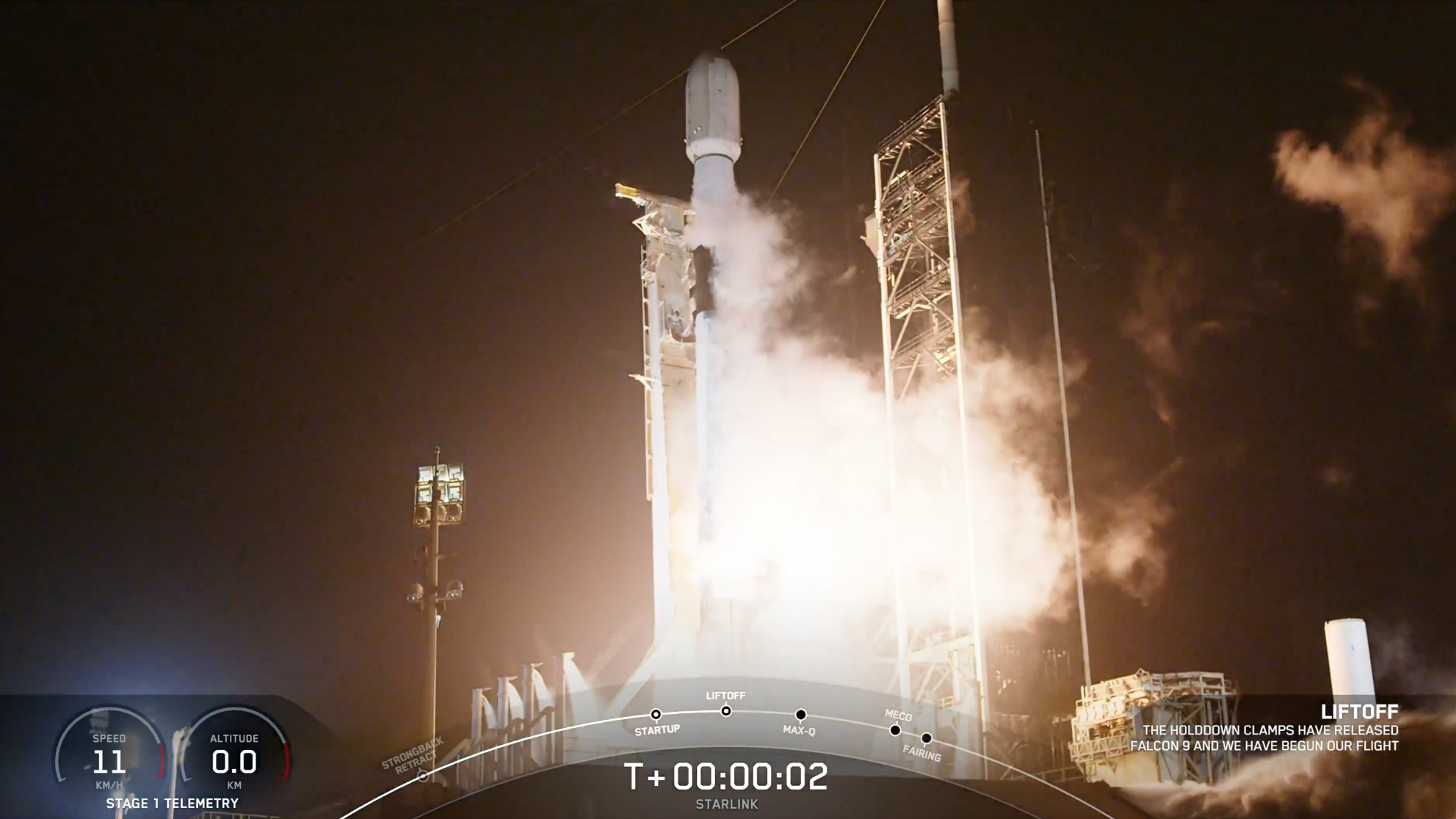Gas Leak Detection and Air Quality Sensors in Appliances: Ensuring Safety and Comfort in Modern Homes
In today’s world, where home safety and environmental awareness are paramount, innovative technologies have found their way into everyday appliances, enhancing their functionality. Among the most important advancements are gas leak detection and air quality sensors integrated into household appliances. These features provide peace of mind by monitoring the air we breathe, detecting hazardous leaks, and ensuring a healthier indoor environment. From kitchen stoves to heating systems, and even smart home systems, the integration of gas leak and air quality sensors is a critical step toward creating safer, smarter living spaces. As these technologies evolve, they’re playing an increasingly important role in safeguarding the health of occupants while also promoting energy efficiency and sustainability. The Importance of Gas Leak Detection Gas leaks, particularly from natural gas or liquefied petroleum gas (LPG) used in appliances like stoves, ovens, and water heaters, can be incredibly dangerous. Natural gas is highly flammable, and a leak can lead to catastrophic accidents such as explosions or fires. Additionally, prolonged exposure to gas leaks, even at lower concentrations, can lead to symptoms like headaches, dizziness, nausea, and, in extreme cases, asphyxiation due to the depletion of oxygen in the air. Gas leak detection has become a crucial feature in modern appliances to mitigate these risks. Gas leak sensors are integrated into various appliances and smart home systems to provide early warnings before the situation becomes life-threatening. These sensors detect the presence of gases like methane (natural gas), propane, and carbon monoxide and send alerts to homeowners, either through a sound alarm or via mobile apps connected to a smart home system. How Gas Leak Detection Works Gas leak detectors use a combination of sensitive sensors and detection algorithms to sense the presence of harmful gases. The most common types of gas leak sensors used in appliances include: Electrochemical Sensors: These sensors work by passing gas molecules through an electrolyte solution, where they interact with electrodes and produce a measurable electrical signal. Semiconductor Sensors: These sensors change their electrical conductivity when they come into contact with gases like methane or carbon monoxide. The change in conductivity is detected and processed to trigger an alert. Catalytic Sensors: These sensors detect gases by passing them over a heated catalytic bead. When the gas reacts with the bead, it generates heat, which is then measured to detect the presence of the gas. Once the sensor detects the presence of a dangerous gas, the appliance will immediately alert the user. In smart systems, the alerts can be sent to mobile phones or connected devices for real-time monitoring, ensuring that the issue can be addressed as quickly as possible. The Role of Air Quality Sensors Air quality has a profound impact on our health, and with the rise of indoor air pollution, many modern appliances are now equipped with air quality sensors to measure levels of particulate matter (PM2.5), volatile organic compounds (VOCs), and gases such as carbon dioxide (CO2) and nitrogen dioxide (NO2). Indoor air quality sensors are commonly found in air purifiers, HVAC systems, refrigerators, and even kitchen appliances like stoves and ovens. These sensors provide real-time monitoring of the air, alerting users to poor air quality before it affects health. Poor indoor air quality has been linked to a variety of health issues, including respiratory diseases, allergies, and asthma. The integration of air quality sensors into household appliances is part of a broader effort to create healthier, more comfortable living environments. How Air Quality Sensors Work Air quality sensors are equipped with a variety of technologies that can detect various pollutants. The most common technologies include: Laser Particle Sensors: These sensors measure particulate matter (PM2.5 or PM10), which are tiny particles suspended in the air. Laser sensors shine a laser beam through the air, and when particles pass through, they scatter the light. The sensor measures the amount of scattered light to determine the concentration of particles. Electrochemical Sensors: These sensors are typically used to detect gases like carbon dioxide (CO2), carbon monoxide (CO), and ozone (O3). The sensor generates a small current in the presence of specific gases, which is then used to calculate the concentration of that gas. Metal Oxide Sensors: These sensors are used to detect volatile organic compounds (VOCs) and nitrogen dioxide (NO2), which are common indoor air pollutants. They work by changing their electrical resistance in the presence of these gases, which is then measured to determine their concentration. Benefits of Gas Leak and Air Quality Sensors in Appliances 1. Enhanced Safety The primary benef

In today’s world, where home safety and environmental awareness are paramount, innovative technologies have found their way into everyday appliances, enhancing their functionality. Among the most important advancements are gas leak detection and air quality sensors integrated into household appliances. These features provide peace of mind by monitoring the air we breathe, detecting hazardous leaks, and ensuring a healthier indoor environment.
From kitchen stoves to heating systems, and even smart home systems, the integration of gas leak and air quality sensors is a critical step toward creating safer, smarter living spaces. As these technologies evolve, they’re playing an increasingly important role in safeguarding the health of occupants while also promoting energy efficiency and sustainability.
The Importance of Gas Leak Detection
Gas leaks, particularly from natural gas or liquefied petroleum gas (LPG) used in appliances like stoves, ovens, and water heaters, can be incredibly dangerous. Natural gas is highly flammable, and a leak can lead to catastrophic accidents such as explosions or fires. Additionally, prolonged exposure to gas leaks, even at lower concentrations, can lead to symptoms like headaches, dizziness, nausea, and, in extreme cases, asphyxiation due to the depletion of oxygen in the air.
Gas leak detection has become a crucial feature in modern appliances to mitigate these risks. Gas leak sensors are integrated into various appliances and smart home systems to provide early warnings before the situation becomes life-threatening. These sensors detect the presence of gases like methane (natural gas), propane, and carbon monoxide and send alerts to homeowners, either through a sound alarm or via mobile apps connected to a smart home system.
How Gas Leak Detection Works
Gas leak detectors use a combination of sensitive sensors and detection algorithms to sense the presence of harmful gases. The most common types of gas leak sensors used in appliances include:
Electrochemical Sensors: These sensors work by passing gas molecules through an electrolyte solution, where they interact with electrodes and produce a measurable electrical signal.
Semiconductor Sensors: These sensors change their electrical conductivity when they come into contact with gases like methane or carbon monoxide. The change in conductivity is detected and processed to trigger an alert.
Catalytic Sensors: These sensors detect gases by passing them over a heated catalytic bead. When the gas reacts with the bead, it generates heat, which is then measured to detect the presence of the gas.
Once the sensor detects the presence of a dangerous gas, the appliance will immediately alert the user. In smart systems, the alerts can be sent to mobile phones or connected devices for real-time monitoring, ensuring that the issue can be addressed as quickly as possible.
The Role of Air Quality Sensors
Air quality has a profound impact on our health, and with the rise of indoor air pollution, many modern appliances are now equipped with air quality sensors to measure levels of particulate matter (PM2.5), volatile organic compounds (VOCs), and gases such as carbon dioxide (CO2) and nitrogen dioxide (NO2). Indoor air quality sensors are commonly found in air purifiers, HVAC systems, refrigerators, and even kitchen appliances like stoves and ovens.
These sensors provide real-time monitoring of the air, alerting users to poor air quality before it affects health. Poor indoor air quality has been linked to a variety of health issues, including respiratory diseases, allergies, and asthma. The integration of air quality sensors into household appliances is part of a broader effort to create healthier, more comfortable living environments.
How Air Quality Sensors Work
Air quality sensors are equipped with a variety of technologies that can detect various pollutants. The most common technologies include:
Laser Particle Sensors: These sensors measure particulate matter (PM2.5 or PM10), which are tiny particles suspended in the air. Laser sensors shine a laser beam through the air, and when particles pass through, they scatter the light. The sensor measures the amount of scattered light to determine the concentration of particles.
Electrochemical Sensors: These sensors are typically used to detect gases like carbon dioxide (CO2), carbon monoxide (CO), and ozone (O3). The sensor generates a small current in the presence of specific gases, which is then used to calculate the concentration of that gas.
Metal Oxide Sensors: These sensors are used to detect volatile organic compounds (VOCs) and nitrogen dioxide (NO2), which are common indoor air pollutants. They work by changing their electrical resistance in the presence of these gases, which is then measured to determine their concentration.
Benefits of Gas Leak and Air Quality Sensors in Appliances
1. Enhanced Safety
The primary benefit of gas leak detectors is, of course, safety. Whether it’s a small kitchen appliance or a larger HVAC system, gas leaks pose a significant risk to both property and life. Early detection allows homeowners to take immediate action, either by turning off the appliance, ventilating the area, or contacting professionals to repair the leak.
2. Health Protection
Air quality sensors in appliances help ensure that indoor environments are healthy by alerting occupants to high levels of pollutants. This is particularly important for individuals with respiratory conditions, children, or the elderly. Maintaining good indoor air quality reduces the risk of respiratory illnesses and other long-term health effects.
3. Convenience and Peace of Mind
By integrating these sensors into everyday appliances, homeowners can have greater peace of mind. Alerts are typically sent directly to smartphones, allowing users to monitor their home remotely. Additionally, air quality sensors in appliances like refrigerators and air purifiers help maintain a healthier environment with minimal effort.
4. Energy Efficiency
Some modern appliances with integrated air quality sensors also help optimize energy use. For example, smart thermostats can adjust heating or cooling based on air quality readings, ensuring that systems are only activated when necessary, thus conserving energy and reducing utility bills.
Challenges and Future Trends
While the benefits are clear, there are challenges associated with the integration of gas leak and air quality sensors into household appliances. These include:
Cost: High-end sensors can increase the cost of appliances, making them more expensive for consumers.
Calibration and Maintenance: Sensors require periodic calibration to ensure accuracy, and sometimes, they need maintenance or replacement.
Integration and Compatibility: Appliances must be compatible with smart home systems, which may not always be the case with older models.
Looking ahead, we can expect further advancements in sensor technology, such as greater sensitivity, longer lifespans, and better integration with other smart home devices. As the demand for smart home solutions continues to grow, the adoption of gas leak detection and air quality monitoring in everyday appliances is likely to increase, making homes safer, healthier, and more energy-efficient.
Conclusion
The integration of gas leak detection and air quality sensors in household appliances is revolutionizing the way we approach home safety and environmental control. By providing real-time alerts and insights into air quality, these sensors ensure that our living spaces are safe, healthy, and comfortable. As technology continues to evolve, we can expect even more innovative solutions to help protect our homes and the health of their occupants.















































































